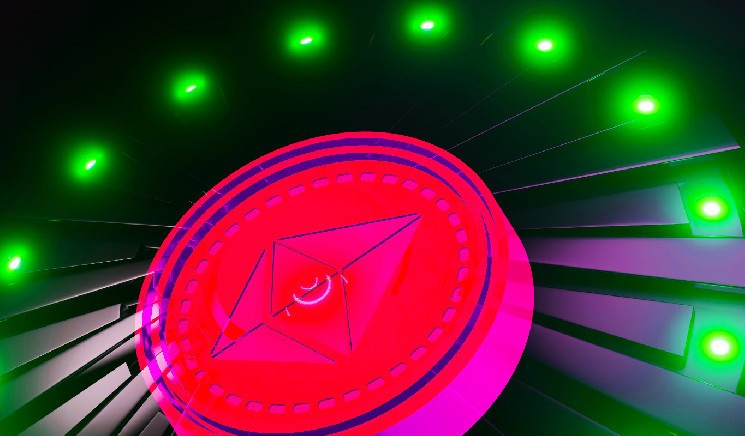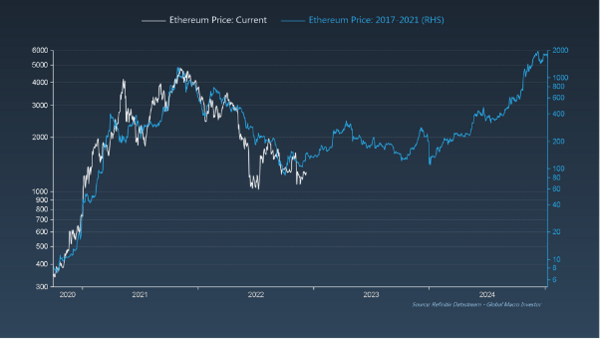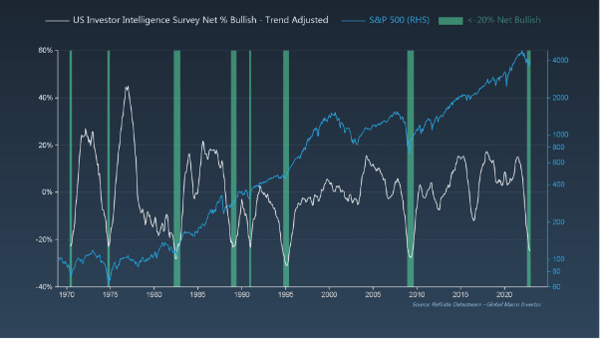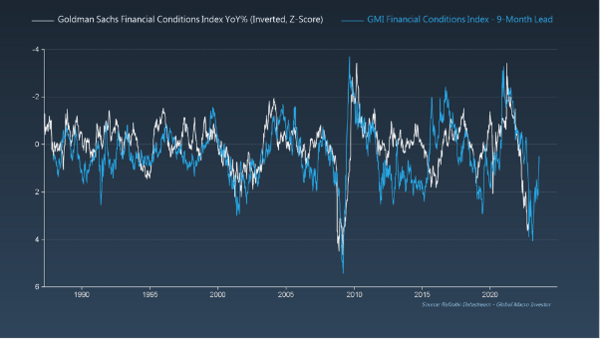Macro Guru Raoul Pal Says Ethereum Could Be Following 2017–2021 Cycle, Predicts Bounce Back in Global Markets

Former Goldman Sachs executive Raoul Pal says there’s one Ethereum (ETH) chart that traders should keep on their radar.
In a new analysis, Pal points to the “Ethereum Today vs. 2017-2021 Analog” chart, which if followed, would indicate ETH is currently near the bottom of the bear market.
“Obviously, price analogs never work out perfectly, but it’s still something interesting to have on your radar.”

Source: Global Macro Investor
Ethereum is trading at $1,270 at time of writing. The second-ranked crypto asset by market cap is up nearly 1.99% in the past 24 hours.
The analyst is also looking at one chart that he says is showing the extreme bearish sentiment of stock market investors.
“Additionally, literally EVERYONE is already bearish; this chart speaks for itself and dates back to 1970.”

Source: Global Macro Investor
Looking at the chart, Pal appears to suggest that the S&P 500 may also be close to bottoming out based on its historical correlation with market sentiment spanning over 50 years.
While Pal believes a recession is coming, he says the economic downturn could be the catalyst for policymakers to loosen monetary policies.
“What we disagree on is not so much the magnitude of the recession (ISM could easily hit 40), but the duration of the recession itself. While consensus is still very much talking about an increase in financial conditions next year and therefore an entrenched global recession, we see the opposite happening…
Our lead indicators indicate that financial conditions will soon start to ease, and potentially significantly.
Financial Conditions (here inverted) are already as tight as they were during the Global Financial Crisis (+4 standard deviations) and inflationary pressures are already starting to ease. Bond yields and the dollar are down as the market continues to price in peak Fed hawkishness and, bar anything systemic and entrenched (not our base case), credit spreads are not going to blow out like they did in 2008.”

Source: Global Macro Investor






 Bitcoin
Bitcoin  Ethereum
Ethereum  Tether
Tether  USDC
USDC  TRON
TRON  Dogecoin
Dogecoin  Cardano
Cardano  Bitcoin Cash
Bitcoin Cash  Chainlink
Chainlink  LEO Token
LEO Token  Stellar
Stellar  Zcash
Zcash  Monero
Monero  Litecoin
Litecoin  Hedera
Hedera  Dai
Dai  Cronos
Cronos  OKB
OKB  Tether Gold
Tether Gold  Ethereum Classic
Ethereum Classic  KuCoin
KuCoin  Gate
Gate  Algorand
Algorand  Cosmos Hub
Cosmos Hub  VeChain
VeChain  Dash
Dash  Tezos
Tezos  Stacks
Stacks  TrueUSD
TrueUSD  IOTA
IOTA  Basic Attention
Basic Attention  Decred
Decred  Theta Network
Theta Network  NEO
NEO  Synthetix
Synthetix  Qtum
Qtum  Ravencoin
Ravencoin  0x Protocol
0x Protocol  DigiByte
DigiByte  Zilliqa
Zilliqa  Nano
Nano  Holo
Holo  Siacoin
Siacoin  Numeraire
Numeraire  Waves
Waves  Ontology
Ontology  Enjin Coin
Enjin Coin  Status
Status  BUSD
BUSD  Hive
Hive  Pax Dollar
Pax Dollar  Lisk
Lisk  Steem
Steem  Huobi
Huobi  OMG Network
OMG Network  NEM
NEM  Augur
Augur  Bitcoin Gold
Bitcoin Gold  Bitcoin Diamond
Bitcoin Diamond  Ren
Ren